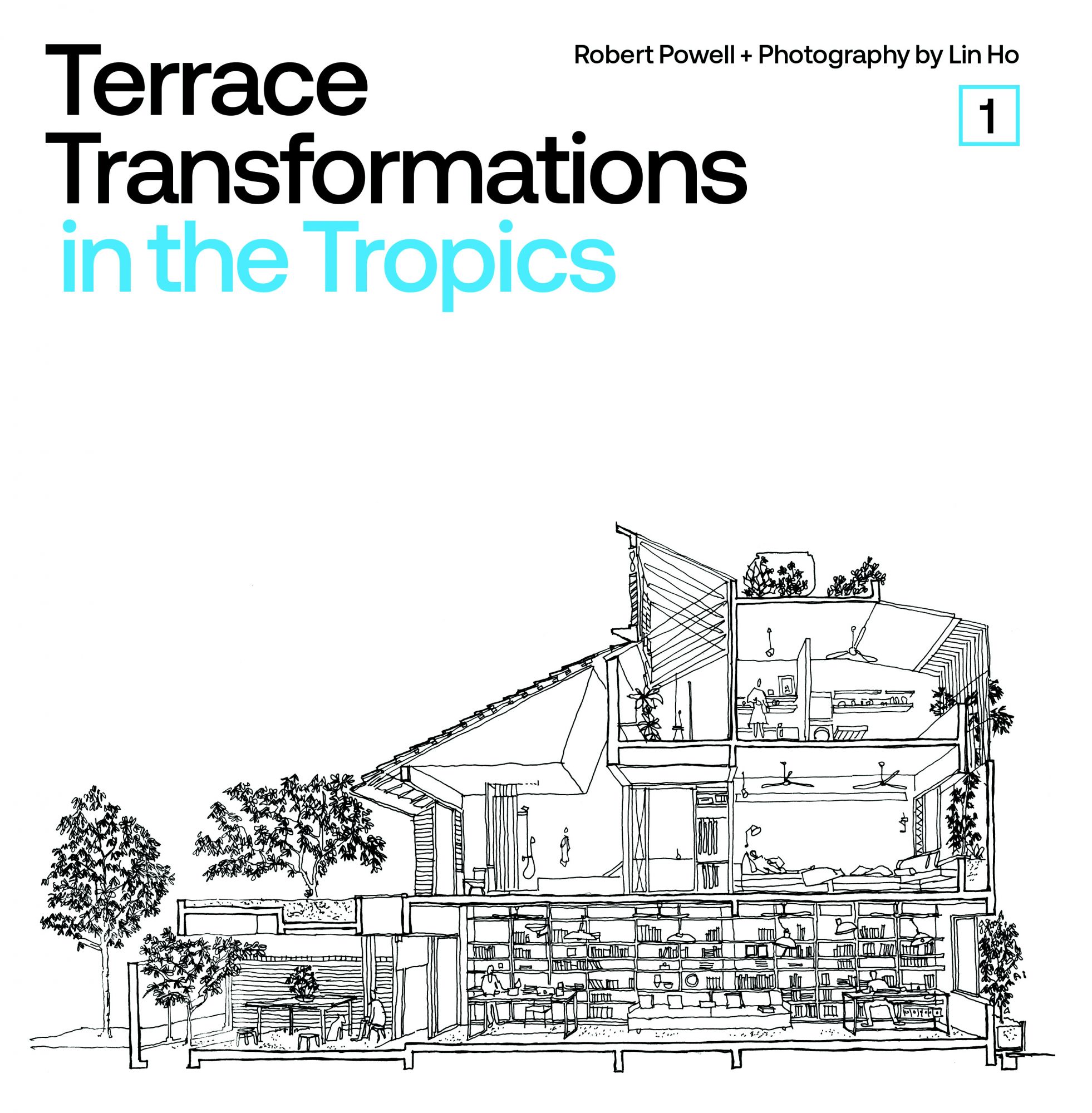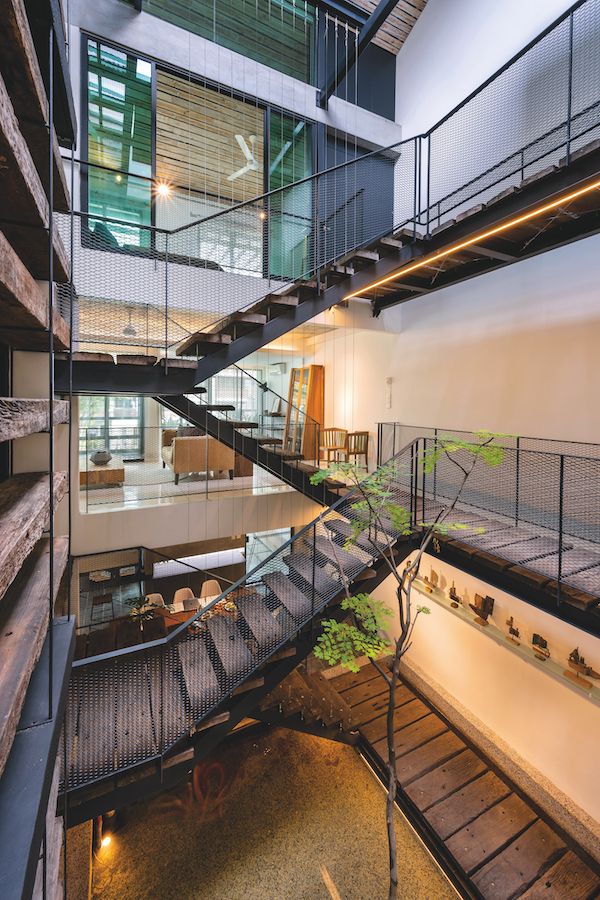Professor Robert Powell and Lin Ho's Terrace Transformations In The Tropics explores how the ubiquitous Malaysian terrace houses have been given new leases of life by a fresh generation of local architects
With a distinguished international academic and professional background in architecture, Professor Robert Powell has had a prolific publishing career focusing on books about Southeast Asian architecture. Powell began living in Asia in 1984 when he took up a lecturing position at the National University of Singapore.
During this time, he wrote about Malaysian houses in The Asian House and The Tropical Asian House, all published by Singapore or UK publishing houses. “I could not find any publisher in Malaysia who was willing to publish a book about contemporary local architecture. This was until I moved to Malaysia in 2016 as Professor of Architecture at Taylor’s University where I encountered the publisher of Atelier International, Dr Tan Loke Mun. He was the first person to show any interest in publishing the work of emerging architects in Malaysia,” recalls Powell.
“A lot had happened in the years that elapsed while I was working in the UK and the Middle East. There was a new generation of architects designing houses for an increasingly informed and well-travelled middle class in Malaysia. The Tropical Malaysian House was successful so we published The Tropical Malaysian House 2 just two years later.”
See also: Home Tour: A Modern Home In KL Built Around Family Life





